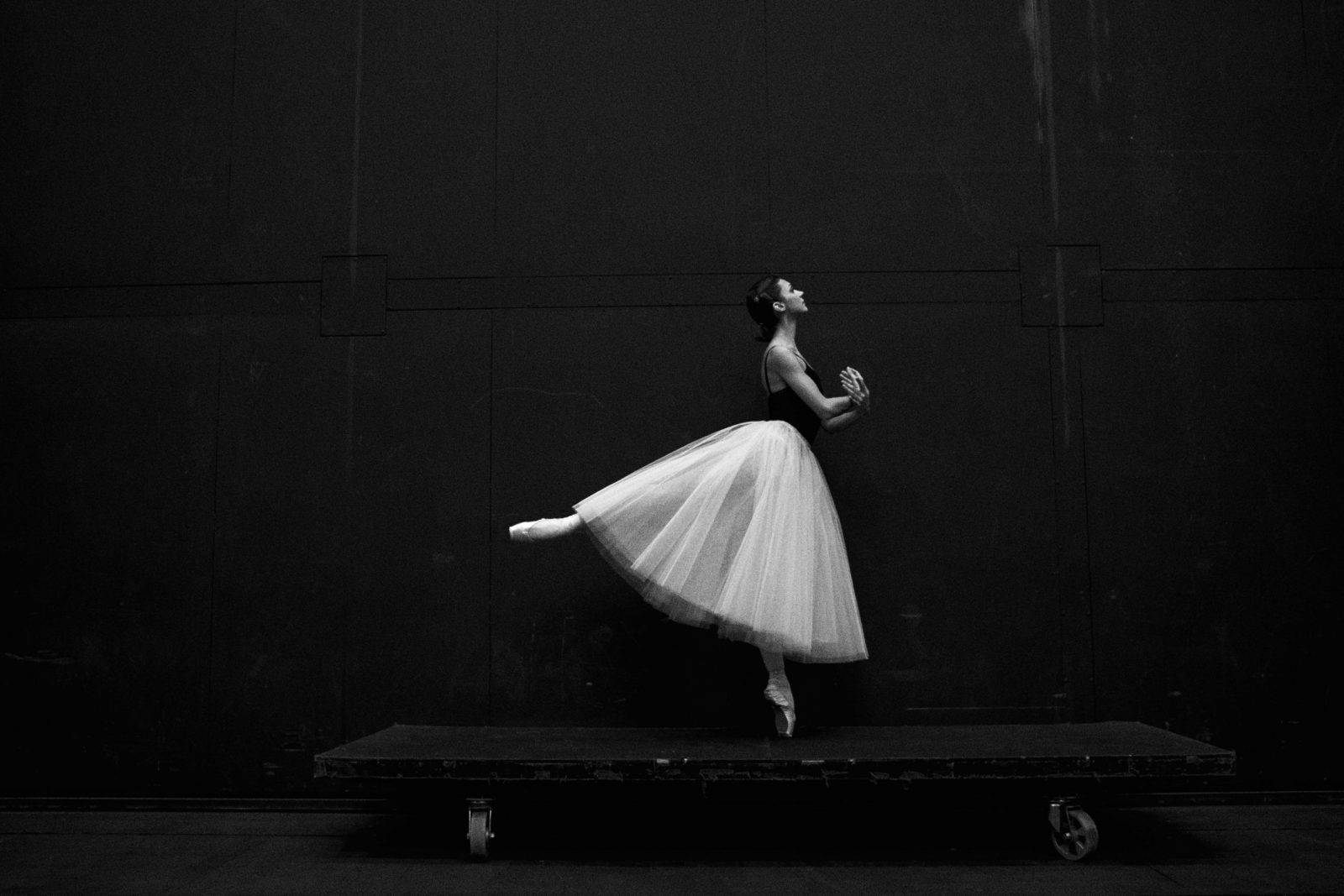Would Giselle, Swan Lake and The Sleeping Beauty pass the Bechdel Test? In the July/August 2018 issue of The Dance Current, Grace Smith outlined the criteria for a Bechdel Test for ballet. Read how she put the test to work.
~
The Bechdel Test was developed by the brilliant cartoonist Alison Bechdel in 1985. To pass, a film must check three boxes:
- Are there two female characters with names?
- Do they talk to each other?
-
Do they talk to each other about anything other than a man?
- Are there two female parts with names?
- Do they dance together?
-
Does the main female character survive the ballet?
There are varying versions of each ballet with minor plot adjustments, so I am sticking with the Petipa versions.
Giselle
This ballet follows a young peasant girl, Giselle, and her heartbreak over Prince Albrecht that ultimately leads to her insanity and death. Not ultimately, immediately. They had just met. And he lied to her about his identity. Bodes well.
- Are there two female parts with names? Yes. Giselle and Myrtha, Queen of the Wilis.
- Do they dance together? Yes. This is going well.
-
Does the main female character (Giselle) survive the ballet? She doesn’t even make it past intermission.
Swan Lake
This ballet is about Odette, a woman who, for some reason, is cursed by the evil Von Rothbart, leaving her a swan by day and a woman by night. Prince Siegfried falls in love with Odette which is supposed to remedy the swan situation, but Von Rothbart disguises his daughter Odile as Odette and the prince pledges his love to her instead. Oops. Odette and Prince Siegfried end up throwing themselves into the lake so they can be reunited in heaven.
- Are there two female parts with names? No. Odette and Odile are typically the same part. There is also The Queen but that’s not a name.
- Do they dance together? Since they are the same person, aren’t they always dancing together?
-
Does the main female character (Odette) survive the ballet? This varies a lot, but in Petipa’s version, she doesn’t.
The Sleeping Beauty
Baby Aurora is cursed by the evil fairy Carabosse so that when she turns sixteen she will prick her finger on a spindle and die. Luckily, The Lilac Fairy steps in and alters the curse so that Aurora will only sleep for 100 years (dodged that bullet). In order to wake up, she needs a prince — pause for surprise — to kiss her.
- Are there two female parts with names? Not in Petipa’s version. Carabosse was played by a man.
- Do they dance together? N/A
-
Does the main female character (Aurora) survive the ballet? Well, she falls asleep for 100 years. She’s not dead, but she can’t lead a fulfilling life with any purpose at all. So you be the judge. But no.
All snark aside, I think it’s worth questioning the value of these plots. Yes, they are historically important to the ballet world, so if we still need to tell them, should they be altered? Can companies balance their seasons with more works choreographed by women that reflect the complex lives that women lead? I’m still waiting.
~
A little goes a long way. Donate to The Dance Current today to support bold and inclusive coverage of dance in Canada.
Tagged: Ballet, Giselle, Swan Lake, The Sleeping Beauty, Writers & Readers, All






